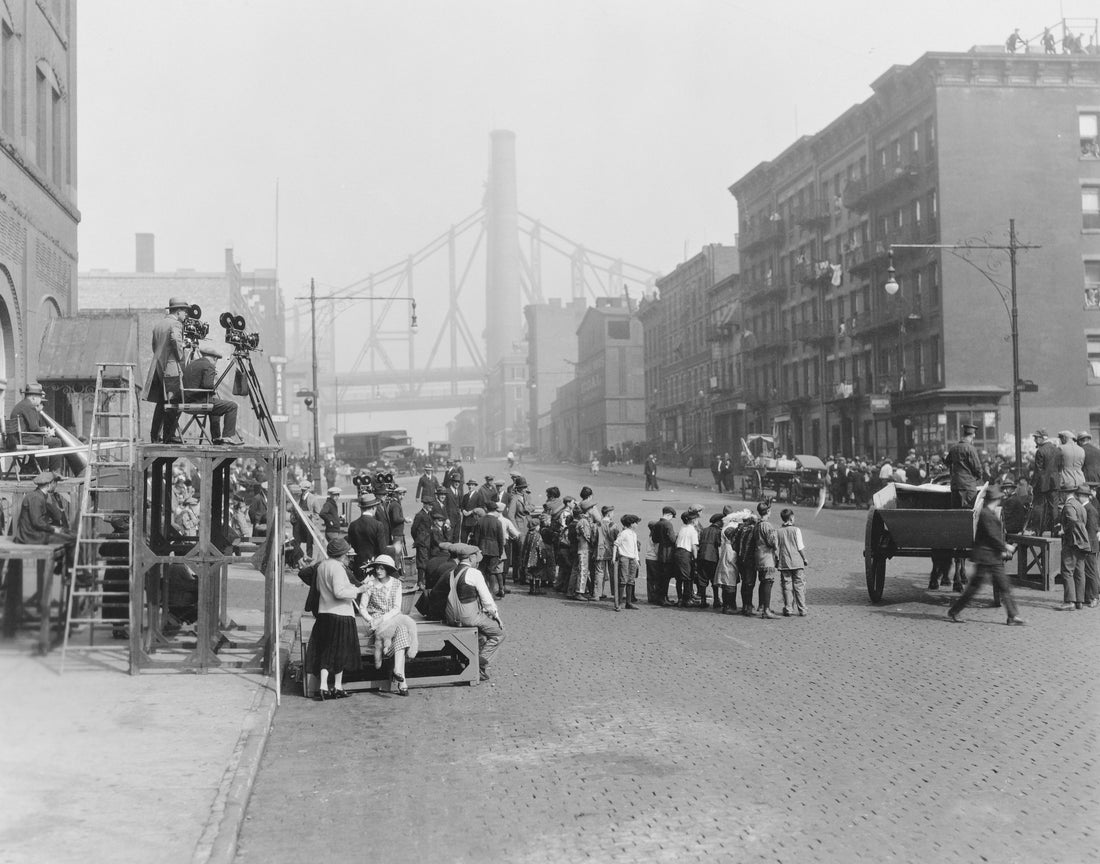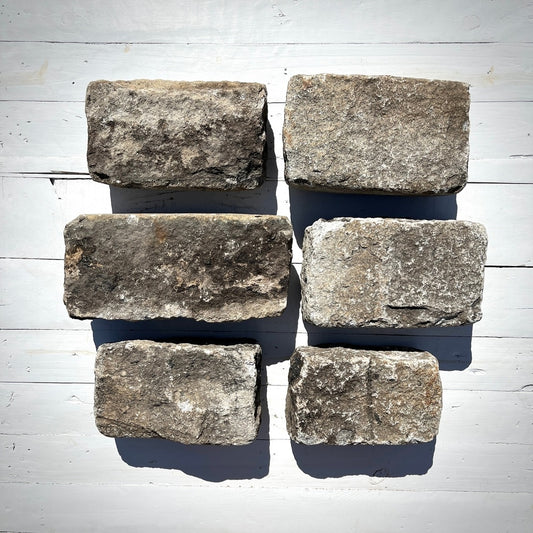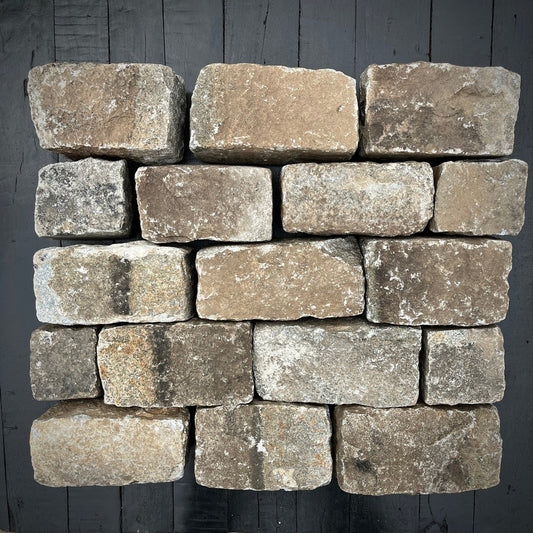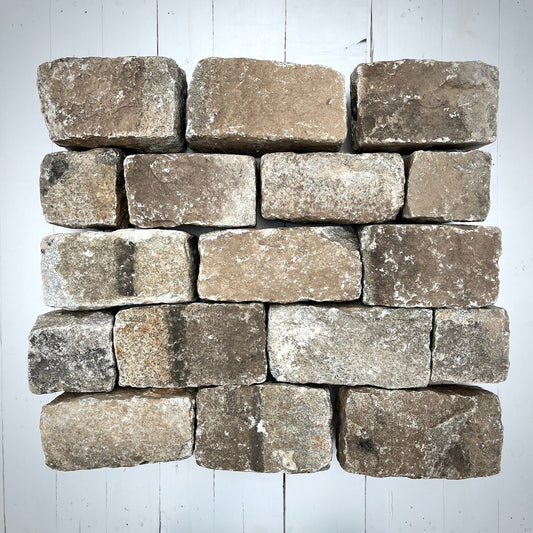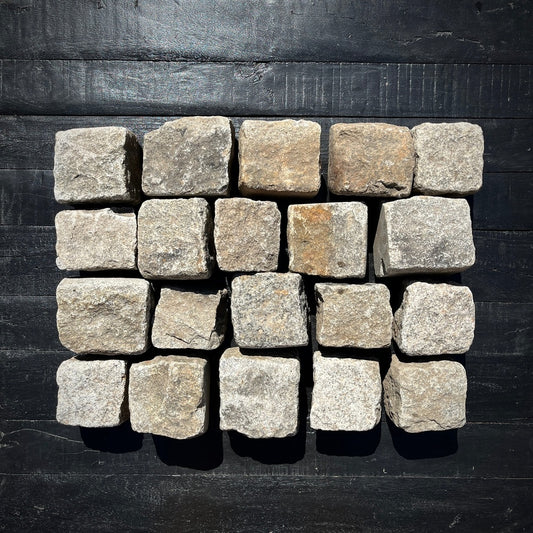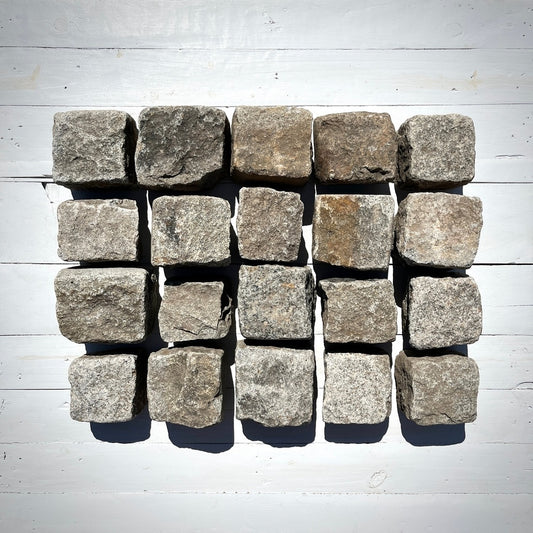New York City's cobblestones are a key part of the city’s architectural and cultural history, dating back to the colonial era. These stones are special not only for their historical significance but also for their unique aesthetic and durability.
Here’s a closer look at their origins, importance, and what makes them unique:
1. Colonial Origins and Practicality
The earliest cobblestones in New York City were brought over as ballast stones on European ships, particularly from England and the Netherlands. Ships used these heavy stones to stabilize their weight for the journey, then discarded them in New York upon arrival to make room for goods they’d transport back. Early settlers saw these stones as a useful material for paving the muddy, unpaved streets of the growing city.
In this early period, cobblestones were primarily granite, quartzite, or basalt and were selected for their durability and resistance to erosion.
2. Industrialization and Expanded Use
By the 19th century, with the rise of horse-drawn carriages and later motor vehicles, cobblestone streets became widespread as they were more durable than dirt roads and easier to maintain.
Cobblestone streets became iconic in areas like SoHo, the Meatpacking District, and DUMBO in Brooklyn. Their rough texture provided traction for horses, reducing the chances of slipping, and was suitable for the constant wear of carriage wheels.
3. Aesthetic Appeal and Historical Charm
Today, New York’s cobblestone streets are valued for their historical charm and character, which newer materials can’t replicate. Their irregular shapes, slight variations in color, and worn surfaces offer a visually rich texture that recalls an older era of New York life.
The cobblestones became closely associated with the city’s industrial roots, especially in areas that had become manufacturing hubs. As neighborhoods transformed over the centuries, the cobblestones remained, offering a tangible connection to the city’s past.
4. Durability and Practicality
Unlike asphalt or concrete, cobblestones are incredibly durable. Their tightly packed arrangement makes them naturally resistant to erosion, and they allow water to seep between the stones, reducing the risk of flooding and improving water drainage.
Cobblestones are also easy to maintain in sections. If a street needs repair, only the affected stones need to be removed and reset, unlike concrete or asphalt, which often require extensive resurfacing.
5. Modern Preservation and Adaptation
Today, many of New York City’s cobblestone streets are preserved and protected, as they contribute to the character of historic districts. As these areas have become highly desirable and trendy, cobblestones now play a role in preserving New York’s historical identity while adding a sense of charm and authenticity to neighborhoods.

New York City, Trenton Street, 1900s
New York City cobblestones are cherished for their role in the city’s development and the unique aesthetic and character they add to historic neighborhoods. They’re not only functional but serve as a reminder of the city’s layered history, enduring through centuries and evolving along with the city itself.
How is Chief Bricks helping?
Chief Bricks is in the right place at the right time. With a thirst to keep history alive, Chief Bricks leads the effort to keep precious New York Reclaimed Cobblestones intact by actively salvaging them from sites that might otherwise destroy them with a crane or wrecking ball.

